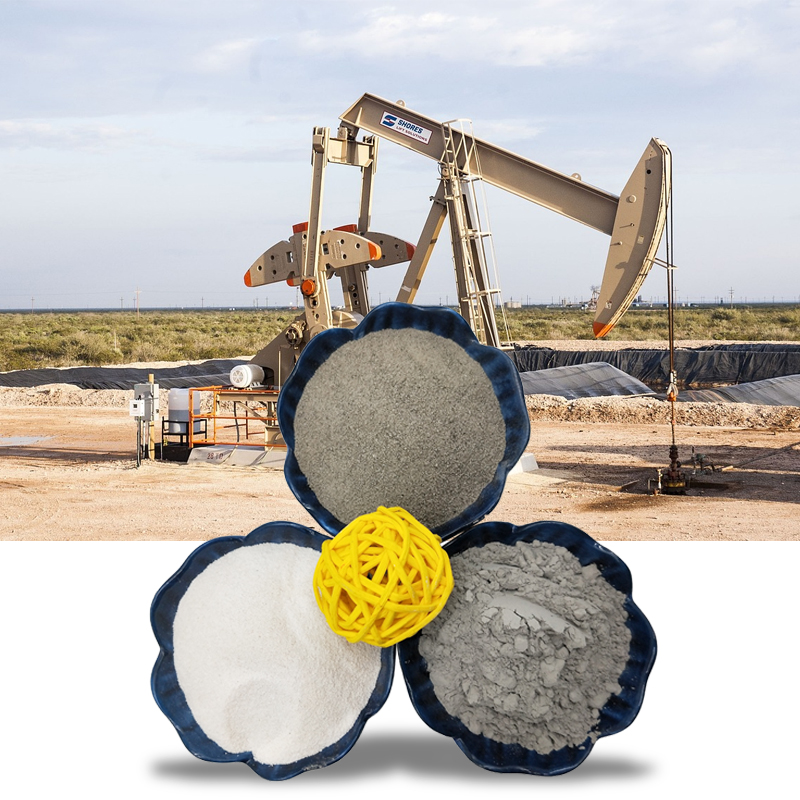Drift bead is a type of fly ash hollow ball that can float on the water surface. It is gray white in color, with thin and hollow walls, and a very light weight. The unit weight is 720kg/m3 (heavy), 418.8kg/m3 (light), and the particle size is about 0.1mm. The surface is closed and smooth, with low thermal conductivity and a fire resistance of ≥ 1610 ℃. It is an excellent temperature retaining refractory material, widely used in the production of lightweight castables and oil drilling. The Chemical composition of the floating bead is mainly silicon dioxide and aluminum oxide. It has the characteristics of fine particles, hollow, light weight, high strength, wear resistance, high temperature resistance, thermal insulation, insulation and flame retardancy. It is one of the raw materials widely used in the fire resistance industry.
The formation mechanism of floating beads: Coal-fired power plants often grind coal into coal powder and spray it into the furnace of the power generation boiler, allowing it to be suspended and burned. Most of the combustible components of coal (carbon and organic matter) are burned, while the non combustible components of clay (silicon, aluminum, iron, magnesium, etc.) begin to melt at a high temperature of 1300 degrees Celsius in the furnace, forming a porous symbiotic body of quartz glass and mullite.
Source of fly ash floating beads
Fly ash floating beads refer to hollow glass microspheres with a density less than water in fly ash, which are a type of fly ash bead like particles and are named after their ability to float on water. Its generation is when coal powder is burned in the boiler of a thermal power plant, the clay material melts into micro droplets, which spin at high speed under the action of turbulent hot air in the furnace, forming a round silicon aluminum sphere. Gases such as nitrogen, hydrogen, and carbon dioxide generated by combustion and cracking reactions rapidly expand within the molten high-temperature silicon aluminum sphere, forming hollow glass bubbles under surface tension. They then enter the flue for rapid cooling and hardening, forming high vacuum glass hollow microspheres, namely fly ash floating beads.
Fly ash floating beads come from fly ash and have many properties of fly ash. However, due to its unique formation conditions, they have superior performance compared to fly ash. They are a lightweight non-metallic multifunctional new powder material and are known as materials of the space age.
Post time: Jul-25-2023

